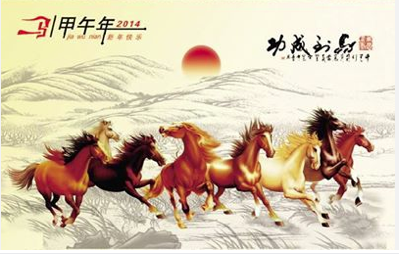We know that when we open an account with a broker firm, a CDS a/c will be allocated to us. Thus, if we open accounts with three broker firms, we have three CDS accounts. Often we have the same stock in each of the accounts, and thus, three same annual reports will be sent to us. You can imagine how many millions of annual reports are wasted in this manner. This is money down the drain for nothing. Why waste shareholders’ funds when they can be saved?
I understand that in
Why can’t we follow such a system of one person one CDS account? Apart from the possibility of using the wrong account to sell, there are plenty to be saved.
Underutilization of assets is a waste. To use, consume, spend or expend thoughtlessly is also a waste. Like most people, I hate to see waste. Over the years, I have been wondering why
Not so long ago, some companies have gotten smart. The YTL Group for example; they packed the annual reports of YTL Corp, YTL Power,
How about those companies who got fined year after year for late filings or other obligations not carried out? What can you say of their management when the red ink at the bottom line has become redder and redder? You already got the answer.
Be smart, associate with successful people to be successful.
